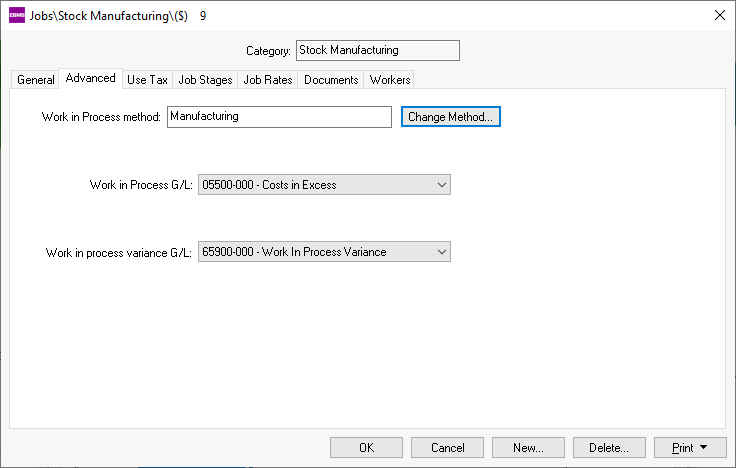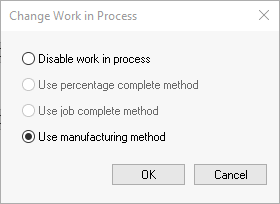- EBMS Knowledge Base
- Job Costing
- Work in Process
-
Client Resources
-
EBMS Main Documentation
-
Sales
- Customers
- Proposals
- Proposal Sets and Templates
- Sales Orders
- Sales Invoices
- Materials Lists
- Sales and Use Tax
- TaxJar
- Recurring Billing
- Customer Credits
- Customer Payments
- Card Processing and Koble Payments
- Gift Cards and Loyalty Cards
- Verifone Gateway and Point Devices
- Freight and Shipping
- General Ledger Transactions for Sales
- Point of Sale and XPress POS
- Point of Sale Hardware
- Salesperson Commissions
-
Inventory
- Product Catalog
- Using Product Codes for No Count Items
- Product Pricing
- Special Pricing
- Tracking Inventory Counts
- Unit of Measure (UOM)
- Purchasing Stock
- Special Orders and Drop Shipped Items
- Receiving Product
- Barcodes and Inventory Scanners
- Components, Accessories, and Bill of Materials
- Component Formula Tool
- Made to Order Kitting (MTO)
- Configure to Order Kitting (CTO)
- Multiple Locations: Warehouses, Divisions, Departments
- Sync Product Catalogs between Companies
- Vendor Catalogs
- Serialized Items
- Lots
- Product Attributes
-
Expenses
-
Labor
-
Financials
-
Tasks and Work Orders
-
Job Costing
-
Manufacturing
-
Rental
-
Apps
-
E-commerce
-
EBMS Automotive
-
EBMS Horticulture
-
EBMS Metal Supply
-
EBMS Fuel Sales
Manufacturing Job Work in Process
The Work in Process feature of EBMS is used to create monthly general ledger asset adjustments to offset the job costs until the finished goods are manufactured. The Costs in Excess asset account increases the amount of the cost incurred that month until the manufacturing batch is processed to create the finished goods. f it to the job, the P&L statement would show a loss. The work-in-process procedure creates a monthly adjustment to correct this problem. The work in process adjustment can be calculated in three ways: the Percent Complete Method, Job Complete, or Manufacturing method. The Job Complete and Manufacturing methods create similar transactions. Contact an accountant or an EBMS consultant for advice on the appropriate setting. The work-in-process adjustments will not appear until the process launched by selecting Job Costing > Work-in-process option is completed. Go to Processing Work in Process section for more details on the process.
EBMS allows the Work in Process method settings to vary based on job. The most common situation is to configure all the jobs with the same method. Complete the following steps to set the default job within a company:
Go to Job Costing > Options and click on the Job Folders tab
Highlight the manufacturing job folder (or root folder if multiple level manufacturing job folders) and click on the Edit Defaults button.
Click on the Advanced tab.

Click on Change Method and set the Work in Process Method as Manufacturing.

Click OK to change the default Work in Process setting for new jobs. Note that this process will not change existing jobs. The Work in Process setting must be set individually within each existing job.Configure the following WIP general ledger accounts:
Work in Process G/L: Create or select an asset account that is classified as Job Cost in Excess.
Work in process variance G/L: Create or select an expense account in the cost of goods folder that is classified as Work in Process Variance.
Review Chart of Accounts > Adding General Ledger Accounts for instructions to create these G/L financial accounts.Launch work in process WIP by selecting Job Costing > Work In Process from the main EBMS menu. The work in process procedure will debit the Cost in Excess of Billings G/L account and credit the Work in Process G/L account the amount of the adjustment (costs – billings). If the total billing amount is greater than the costs the procedure will credit the Billings in Excess of Cost G/L account and debit the Work in Process G/L account (billings – costs). Review the Processing a Work in Process section for transaction details and equations.
Review [Inventory] Manufacturing > Manufacturing Product from a Job for a more complete description of the manufacturing by job process.
